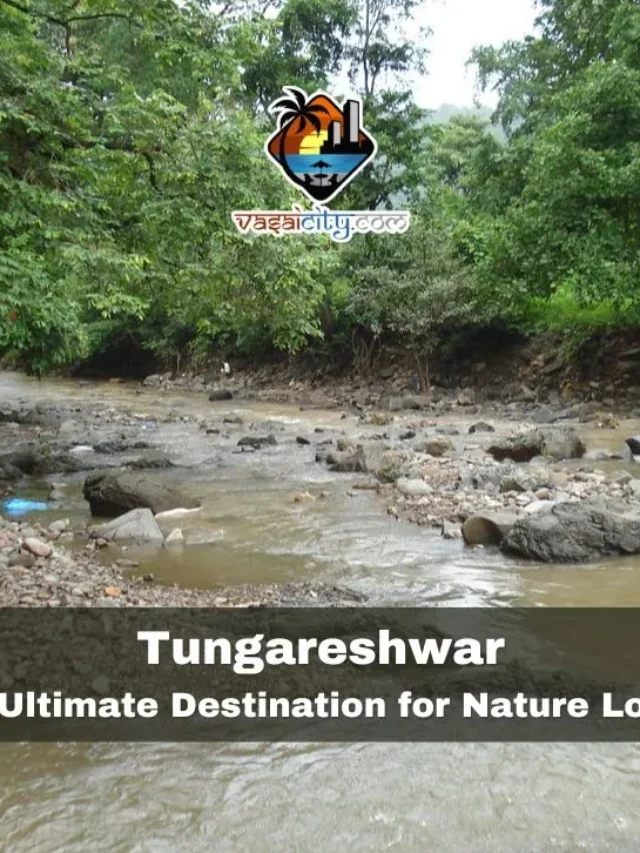In the serene Vasai Fort area of Palghar district, Maharashtra, a story unfolded over the past 25 days that captured the attention and sometimes the concern of the local community. It began when a leopard, a majestic but potentially dangerous wild animal, was spotted wandering near the historic site. This sighting marked the start of a cautious and concerted effort by local authorities and wildlife experts to ensure the safety of both the leopard and the residents.
The forest department, along with local non-governmental organizations (NGOs), sprang into action. Their main goal was to capture the leopard safely, a task easier said than done. The presence of a wild leopard in a populated area was not only unusual but also alarming for the people living nearby. It triggered a mix of fascination and fear among the locals. The fort area, usually a quiet spot steeped in history, became the center of a careful and tense watch.
The leopard’s visit wasn’t a brief one. As days turned into weeks, the animal seemed to have made the fort its temporary home. This prolonged stay led to increased efforts by the forest department to capture it before any potential conflicts or harm could occur. To manage this, the department set up two traps in the area. These weren’t the menacing kind; rather, they were designed to safely contain the leopard without causing it injury.
The breakthrough came in the early hours of a Tuesday morning, around 3:30 AM, when the leopard, perhaps unwittingly, walked into one of the traps set up by the officials. The capture was a relief to the forest team and a testament to their patience and planning. Securing a wild animal safely requires not just courage but a deep understanding of animal behavior, and the team’s expertise shone through here.
A video of the leopard, now safely enclosed within the cage, began circulating on social media soon after. It showed the forest officials, equipped with the necessary gear, carefully transporting the animal. The sight of the leopard in the cage drew mixed reactions—relief that it was no longer roaming free, and concern over its well-being.
The next steps were crucial. The forest department planned a comprehensive health check-up for the leopard. This was essential not only to ensure that the leopard was in good health but also to ascertain that it was fit enough to survive once released back into the wild. The health assessment would help the officials decide the best course of action, particularly choosing a suitable habitat for its release where it would have the best chance of thriving.
Releasing a wild animal back into its natural habitat is not merely a matter of opening a cage in a random forest. It involves scientific understanding and careful selection of a location that resembles the animal’s natural environment and where it faces the best possible odds of integration and survival. Factors like existing wildlife populations, human activity, availability of prey, and even past territorial claims of other animals of the same species are considered.
Throughout the 25 days, the Vasai Fort area was a scene of heightened activity, with people keeping a watchful eye and discussing the leopard’s every move. For some, especially those fascinated by wildlife, it was a rare opportunity to see a wild leopard up close, albeit under less than ideal circumstances. For others, it was a worrying time, a reminder of the delicate balance between human settlements and wildlife habitats.
This incident also underscored the challenges faced by wildlife due to shrinking habitats and increasing human encroachment. Situations like these are becoming more common as wild animals find themselves in human-dominated landscapes due to loss of their natural territories. This brings to light the broader issues of conservation and the need for coexistence strategies that ensure the safety and survival of wildlife while protecting human communities.
In the end, the capture of the leopard in the Vasai Fort area was more than just a news item; it was a complex saga involving wildlife management, community safety, and the broader implications of human-animal interactions. As the leopard recovers and prepares for a return to the wild, the story leaves a lasting impression about the intricate dance between man and nature, and the continuous effort required to maintain a balance where both can thrive.














